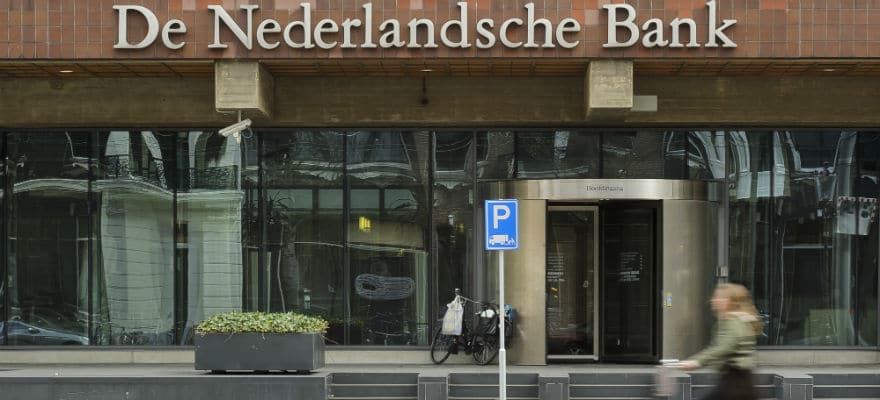The Lightning Network, a Bitcoin protocol which makes small transactions possible, has dramatically increased its load and capacity over the last ten days.
Bitcoin's lightning network now holds $2 million worth of BTC in payment channels.
In 10 days, the total network capacity has grown by 300% in BTC channel value. pic.twitter.com/HjERaH0EDh — LongHash (@longhashdata) November 21, 2018
It now has a capacity of around 400 bitcoins and more than 4,000 active nodes.

Source: 1ml.com
Lightning Strikes
Initially launched in beta in December 2017 and released on the Bitcoin Blockchain in March 2018, the Lightning Network is heralded as a way to make Bitcoin usable for everyday transactions.
It works by circumventing the Bitcoin blockchain, which takes ages to process transactions and charges a lot of money for it, making small transactions unfeasible. With Lightning, transactions are processed separately and added to the chain later. The official website explains: "This is similar to how one makes many legal contracts with others, but one does not go to court every time a contract is made."
Or as Charlie Lee, creator of Litecoin, put it: “Fiat is to gold as Lightning Network is to Bitcoin."
Cup of Coffee?
In order to use the network, users have to download the 'SegWit' upgrade, which re-organises data in such a way that blocks can hold many more transactions. Coinbase and Bitfinex both adopted this in February, and network-wide, around 43 percent of users have it (according to transactionfee.info).
The Lightning Network processed its first payment in January 2018, when a programmer used it to pay his phone bill. And in April, a developer successfully combined it with near-field communication (contactless) technology. Although nothing seems to have come of that in the end, the experiment presented an intriguing glimpse of a world where Bitcoin could be used to buy a cup of coffee instantly.
By March 2018 the network had accumulated more than a thousand nodes, which is when it was released in beta on the Bitcoin blockchain. In May, a Swiss company called Vaultoro, which exchanges Bitcoin for actual gold which it holds in a vault, integrated the network, and Stellar Lumens, one of the big ten blockchains, plans to implement it in December. The Stellar team has said that the Lightning Network is its best bet for scaling in the long term.

Source: bitcoinvisuals.com
A Wasteful War
Its recent explosion could be partly the result of the recent wasteful hash war which is decimating the value of Bitcoin Cash, and the wider cryptocurrency market too. Users have been losing confidence in the Bitcoin spin-off, which was preferred by some because it was a faster and more usable version of Bitcoin. The recent infighting, which has clearly demonstrated that the cryptocurrency is actively managed, and by idiots no less, could be driving people back to the original.

















